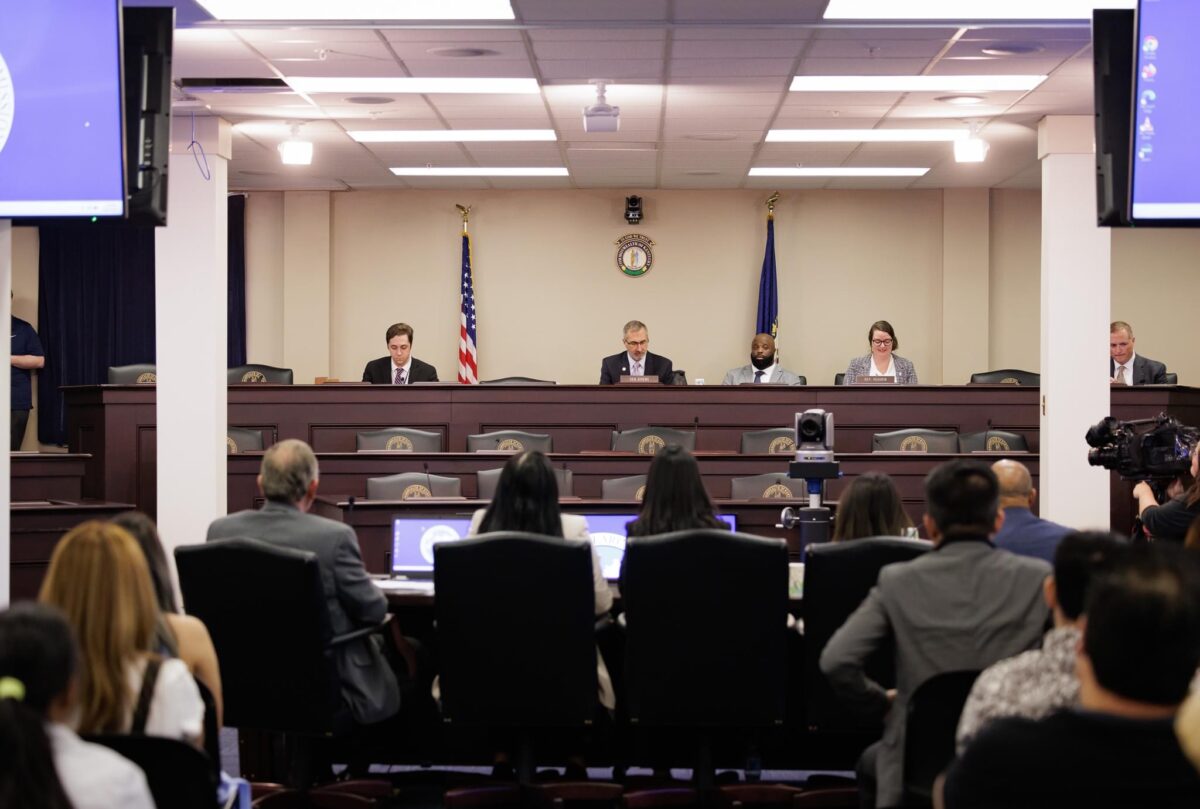The United States offers significant assistance to refugees compared to other immigrant groups. This difference is because refugees flee their home countries due to persecution, war, or danger, leaving them with little time to plan or prepare for relocation. As a humanitarian commitment, the U.S. government, international organizations, and local agencies collaborate to help refugees integrate and rebuild their lives.
Why Refugees Receive More Support
Refugees are protected under international law (e.g., the 1951 Refugee Convention), which obligates host countries to provide safe asylum and support. Unlike immigrants, who typically plan and fund their move, refugees arrive with minimal or no resources. Therefore, U.S. resettlement programs focus on addressing their immediate needs and helping them achieve self-sufficiency.
Key Assistance Programs for Refugees in the USA
- Refugee Resettlement Program (RRP)
- Managed by the Office of Refugee Resettlement (ORR) under the Department of Health and Human Services (HHS).
- Focuses on immediate needs such as housing, food, healthcare, and employment services.
- Refugee Cash Assistance (RCA)
- Financial support for up to 8 months for refugees who cannot immediately find employment.
- Helps pay for rent, food, utilities, and basic necessities during the initial resettlement phase.
- Refugee Medical Assistance (RMA)
- Temporary medical coverage for refugees who are not eligible for Medicaid.
- Covers essential healthcare needs, including vaccinations, preventive care, and emergency services.
- Employment and Job Training Programs
- Refugees are enrolled in job readiness and vocational training programs to help them secure employment quickly.
- Programs like Matching Grant Programs aim to place refugees into jobs within 4 to 6 months of arrival.
- English Language Learning (ELL)
- Many refugees arrive without English proficiency. ELL classes teach language skills to help refugees navigate daily life and employment.
- Housing Assistance
- Partner organizations like Catholic Charities and resettlement agencies help refugees find affordable housing.
- Support includes rental assistance and setting up homes with essential items.
- Community Integration Programs
- Refugees receive guidance on cultural adaptation, including education for children, driver’s license acquisition, and financial literacy programs.
- Support services often involve mentoring from local communities to help refugees integrate successfully.
- Education Support
- Refugee children are enrolled in public schools, with access to ESL (English as a Second Language) programs to ensure they thrive academically.
- Scholarships and grants are available for refugee adults pursuing higher education or job training.
- Mental Health Support
- Many refugees face trauma due to war, persecution, or dangerous journeys. Programs provide mental health counseling and resources to address PTSD, anxiety, and depression.
- Legal Assistance
- Refugees receive support in applying for permanent residency (Green Cards) within one year of arrival.
- Legal aid organizations help with immigration processes and family reunification efforts.
Why This Support Matters
Refugees arrive in the United States with few belongings, often having lost homes, family members, and livelihoods. Without immediate support, many would struggle to survive and adapt. U.S. refugee programs focus on enabling refugees to become self-sufficient contributors to society as quickly as possible.
How Refugee Support Differs from Immigrant Support
- Immigrants: Generally move by choice and are responsible for their own housing, healthcare, and employment arrangements. They are expected to be financially self-sufficient upon arrival.
- Refugees: Flee persecution or war and receive immediate federal, state, and local assistance to rebuild their lives.
Conclusion
The United States offers refugees a structured pathway to safety and integration through robust programs addressing their financial, healthcare, educational, and emotional needs. While immigrants play a vital role in the country, refugees receive greater initial assistance due to their unique circumstances of forced displacement. This humanitarian effort not only saves lives but also enriches American communities with diverse cultures, skills, and stories of resilience.





